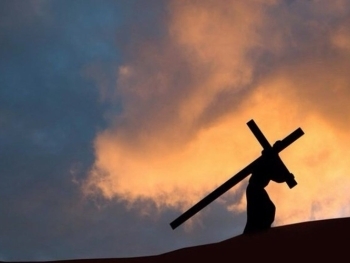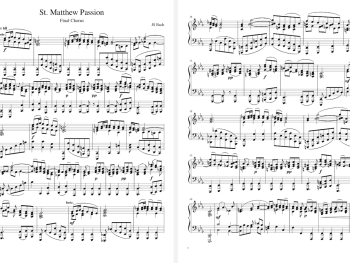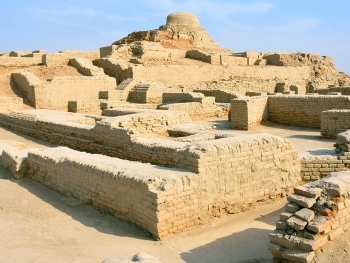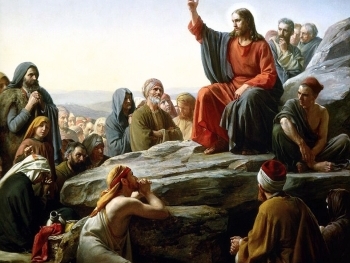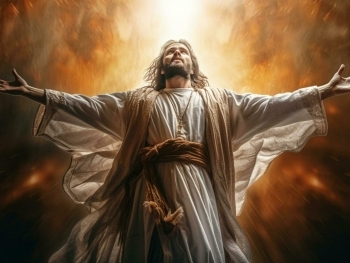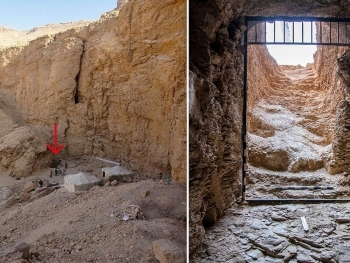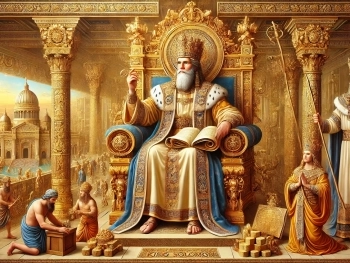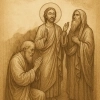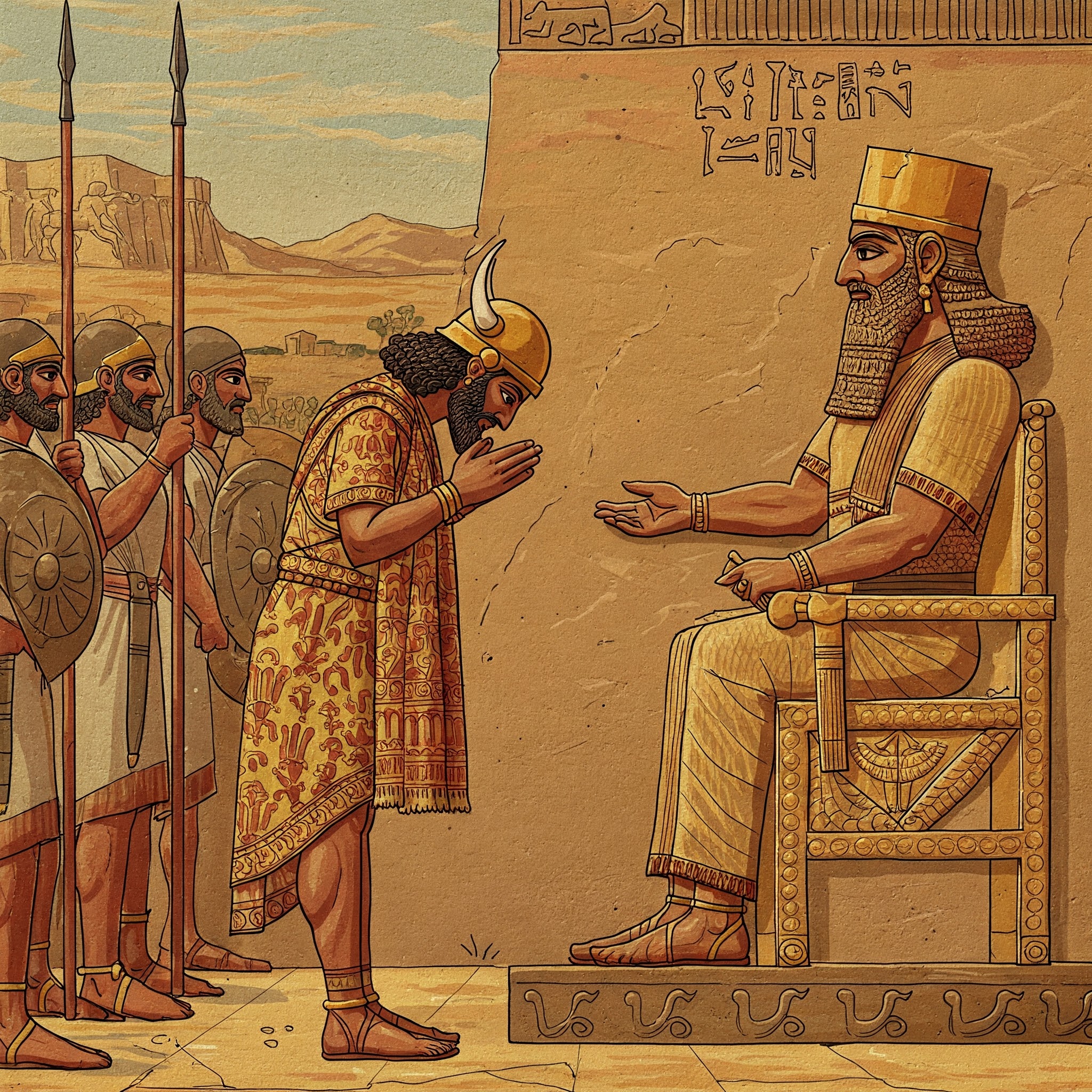
One of the most fascinating and historically significant reliefs from the ancient Near East is the depiction of Jehu, king of Israel, bowing before the Assyrian king Shalmaneser III. This image is part of the famous Black Obelisk of Shalmaneser III, an extraordinary Assyrian monument that provides crucial insights into the geopolitics of the 9th century BCE. The panel depicting Jehu is particularly notable because it remains the only known portrayal of an Israelite or Judaean monarch in ancient Near Eastern art.
The Black Obelisk of Shalmaneser III
The Black Obelisk is a large, four-sided limestone monument discovered in 1846 by the British archaeologist Sir Austen Henry Layard at the ancient site of Kalhu (Nimrud), one of the capitals of the Neo-Assyrian Empire. It stands about 2 meters (6.5 feet) high and is covered with detailed inscriptions and carved reliefs depicting various foreign rulers paying tribute to Shalmaneser III, who ruled Assyria from 858 to 824 BCE.
The obelisk records the military campaigns and conquests of Shalmaneser III, particularly his expansion into the Levant. The reliefs on the monument depict five different groups of tribute-bearers, each identified by inscriptions. These groups come from:
- Suhu (on the middle Euphrates)
- Gilzanu (a kingdom in modern Iran)
- Mushku (possibly Phrygia in Anatolia, modern Turkey)
- Urartu (northeastern Anatolia, near Armenia)
- Israel (Bit-Humri, "House of Omri")
It is the final group, from Israel, that is of particular interest to biblical scholars and historians.
Jehu’s Tribute: The Israelite Submission to Assyria
The panel featuring Jehu is the second register from the top on the Black Obelisk. The accompanying cuneiform inscription reads:
"The tribute of Jehu, son of Omri: I received from him silver, gold, a golden bowl, a golden beaker, golden goblets, pitchers of gold, lead, a staff for the hand of the king [and] javelins."
In the relief, Jehu (or his official representative) is seen bowing low before Shalmaneser III, a clear sign of submission. He is depicted in Israelite dress, with a distinctive pointed cap and a full beard, leading a procession of tribute-bearers carrying precious metals and exotic goods.
This depiction is of immense historical significance because:
- It visually confirms Israel’s political subjugation to Assyria in the 9th century BCE.
- It marks the first recorded interaction between Israel and the Neo-Assyrian Empire.
- It is the only known artistic representation of an Israelite king from antiquity.
Who Was Jehu?
Jehu was a powerful but controversial ruler of Israel, reigning from 841 to 814 BCE. He is most famous for his violent coup against the House of Omri, as recorded in 2 Kings 9–10.
- Jehu’s rise to power was prophesied by Elisha’s servant, who anointed him as king in secret (2 Kings 9:1–10).
- He killed King Joram of Israel and King Ahaziah of Judah, effectively wiping out the ruling dynasties of both kingdoms.
- He orchestrated the massacre of Queen Jezebel and the entire royal family of Ahab in Jezreel.
- He slaughtered the prophets and priests of Baal, purging Israel of its Phoenician religious influence.
Despite his brutal methods, Jehu’s actions were seen as fulfilling divine judgment on Ahab’s dynasty. However, his reign was also marked by political instability and increasing Assyrian pressure.
The Historical Context of Jehu’s Tribute to Assyria
Although Jehu was an ambitious and decisive ruler, he found himself caught between two superpowers:
- The Assyrian Empire under Shalmaneser III, which was expanding westward.
- The Aramean kingdom of Damascus (Aram-Damascus), led by Hazael, which was a dominant regional force at the time.
Shalmaneser III had already fought multiple campaigns in the Levant. In 853 BCE, at the Battle of Qarqar, he had confronted a coalition of western kings, including Ahab’s Israel and Ben-Hadad II of Damascus. Although Assyria did not fully conquer the region, the campaign established its growing influence.
By the time Jehu took the throne in 841 BCE, Hazael of Damascus had become a major threat to Israel. To counterbalance this, Jehu likely sought Assyrian protection, sending tribute to Shalmaneser III as an act of submission. This act marked Israel’s first official step into the Assyrian sphere of influence, a process that would ultimately lead to its downfall in 722 BCE under the later Neo-Assyrian rulers Tiglath-Pileser III and Sargon II.
Significance of the Jehu Relief Panel
The depiction of Jehu on the Black Obelisk remains a rare and invaluable piece of ancient history. It provides:
- A direct historical link between the Bible and Assyrian records. The Bible mentions Assyrian influence on Israel, but this relief visually confirms it.
- An independent, non-biblical source that verifies Jehu’s existence and his submission to Assyria.
- The only artistic representation of an Israelite monarch. Unlike Egyptian or Mesopotamian rulers, Israelite kings rarely left behind statues or reliefs.
Where Can You See the Black Obelisk Today?
The Black Obelisk of Shalmaneser III is currently housed in the British Museum in London. It remains one of the most important Assyrian artifacts ever discovered. The Jehu panel, in particular, is widely studied by historians, biblical scholars, and archaeologists.
For those interested in a high-quality reproduction of the relief, you can purchase a 300dpi sketch of the Jehu Relief Panel from Parsef.com. This detailed sketch allows you to appreciate the artistry and historical significance of this extraordinary monument.
The relief of Jehu bowing before Shalmaneser III on the Black Obelisk stands as a powerful reminder of the political complexities of the ancient Near East. It tells a story of power, submission, and survival, showcasing the delicate balancing act that Israel had to maintain between larger empires.
Jehu's tribute marked the beginning of Israel’s vassalage to Assyria—an uneasy relationship that would eventually lead to the destruction of the northern kingdom in 722 BCE. This makes the Black Obelisk not only a stunning piece of ancient artwork but also a crucial historical document that sheds light on a pivotal period in biblical history.
For historians, theologians, and enthusiasts alike, the Jehu Relief Panel remains one of the most compelling visual testimonies of the Bible’s historical context.
Legacy Of Kings Archaeology Biblical Archaeology Ancient Israel agriculture Ancient Israel Bible and archaeology Jerusalem archaeology Biblical kings Black Obelisk Jehu Jehu Black Obelisk Shalmaneser III Jehu Relief Panel Ancient Israel history Assyrian Empire artifacts Assyrian Empire Israelite kings in art Nimrud Black Obelisk Jehu and Assyria Ancient Near Eastern history Ancient Near East
